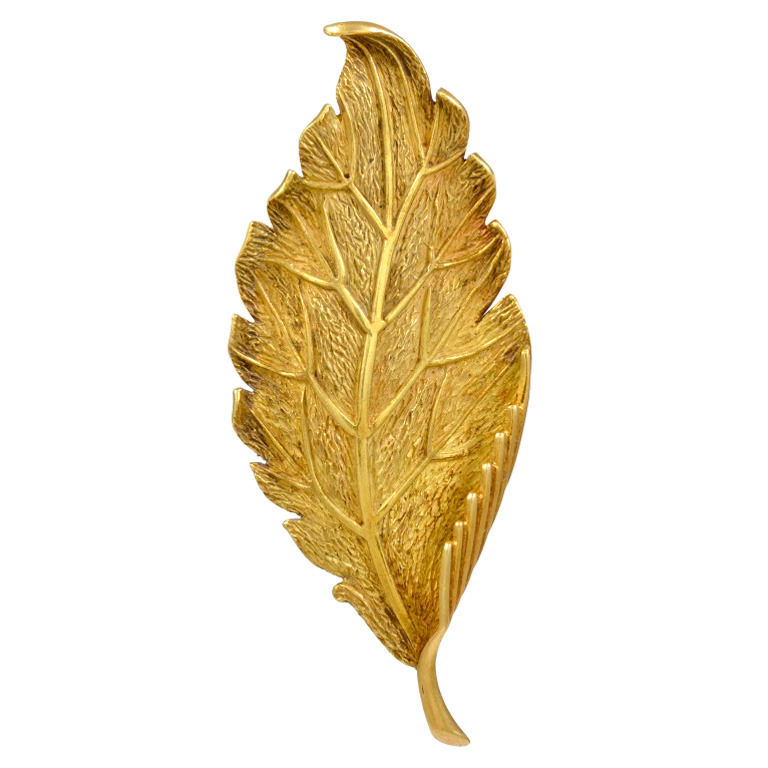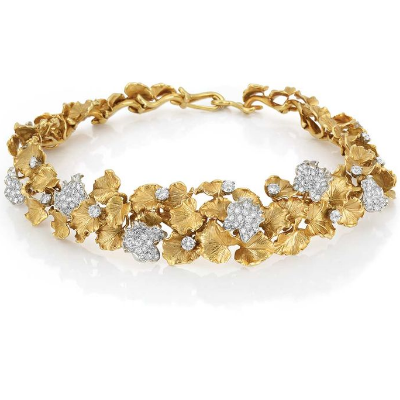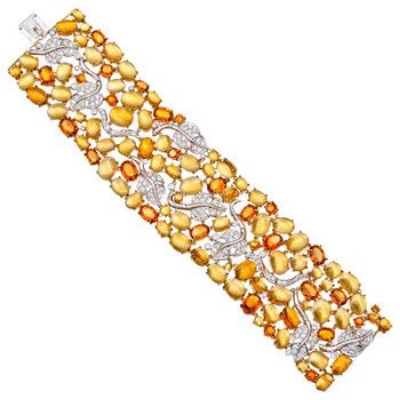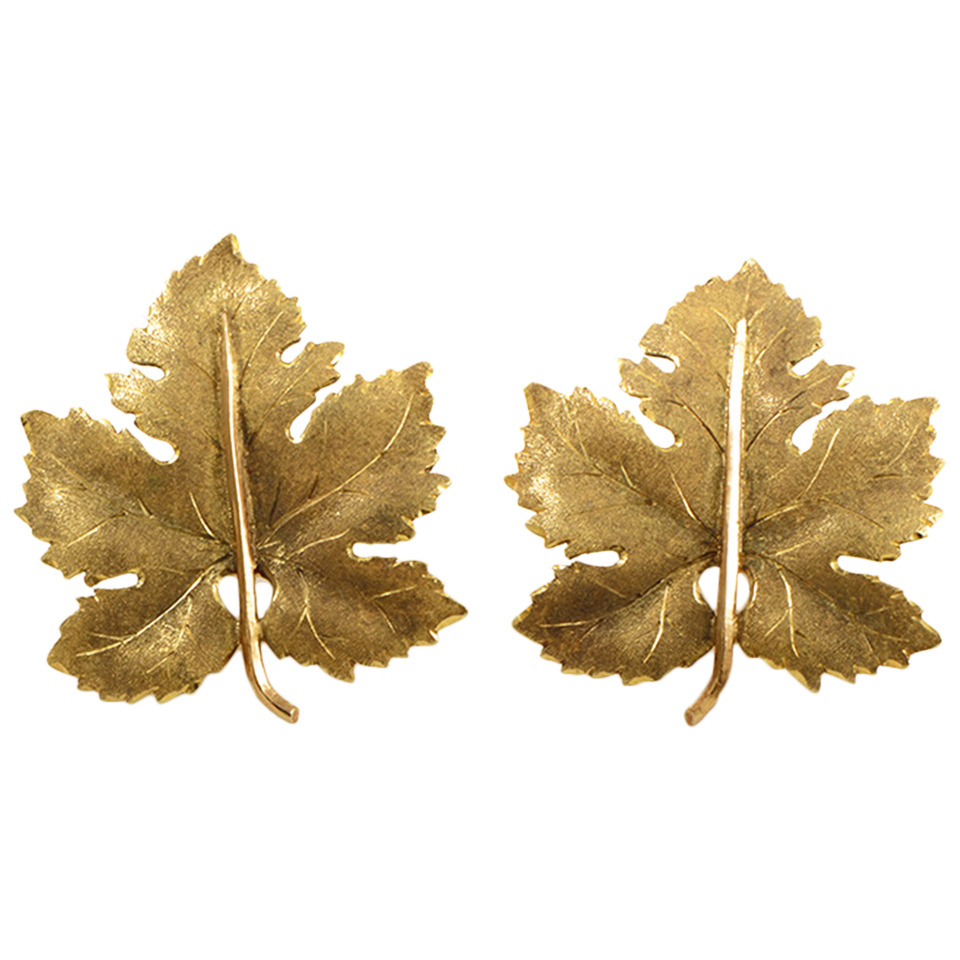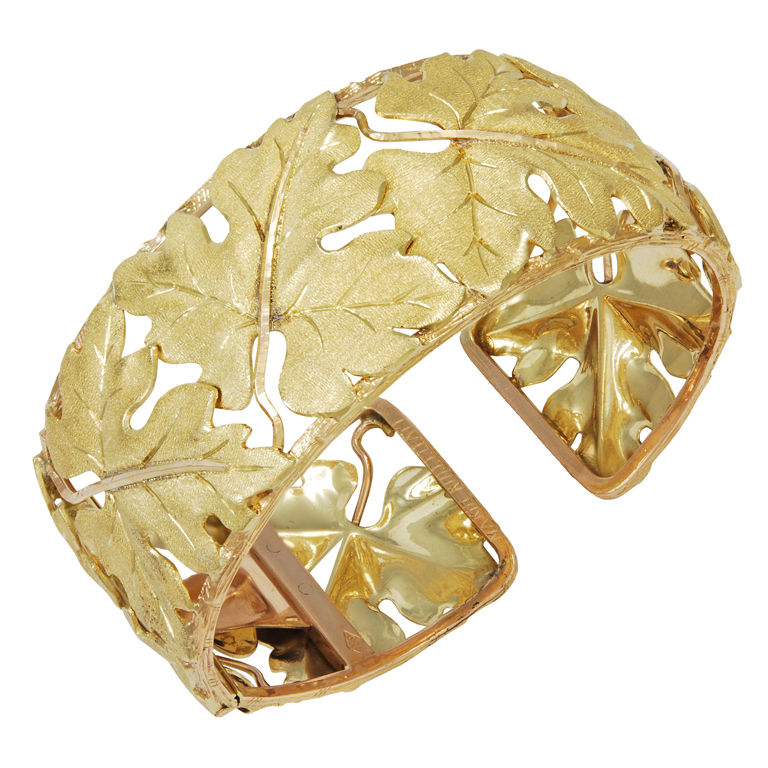Leave them wanting more
/Buccellati Gold Maple Leaf Clip-On Earrings
From Luxury Bazaar has been sold
Every autumn the leaves put on a fashion show of their own, why not join them?
Tiffany & Co.
Tiffany & Co. Diamond Gold Maple Leaf Brooch
OFFERED BY JACOB'S DIAMOND & ESTATE JEWELRY
Tiffany & Co. Gold Leaf Brooch
OFFERED BY CHAS SCHWARTZ & SON
Tiffany & Co. old Aspen Leaf Pin
OFFERED BY BETTERIDGE
David Webb
David Webb Laurel Leaf Necklace Diamonds, platinum, and textured gold
David Webb Gold, Platinum and Diamond Necklace
Sold by Doyle New York
David Webb 18k Gold Double Leaf Drop Earclips
Available from Betteridge
JAR
JAR Fig Leaf Earrings
from David Precious Gems has been sold.
A PAIR OF MOSS AGATE AND GOLD EAR PENDANTS, BY JAR Sold by Christies
PAIR OF GILT METAL 'GERANIUM ' EARCLIPS, JAR, PARIS
Seaman Schepps
Seaman Schepps Citrine & Diamond Vine Leaf Bracelet
Sold by Betterridge
Rosewood with Citrine and Pearl Leaf Brooches and Earrings
By Seaman Schepps
SEAMAN SCHEPPS Citrine & Pearl Cluster Earrings with Diamond
Sold by Betteridge
Buccellati
Bucellati, with their Roman roots, in my opinion, are the masters of leaf jewelry. Realistic, yet fashionable they have wonderful choices for brightening up any fall day.
Buccellati Acorn and Leaf Bracelet
OFFERED BY ALICE KWARTLER ANTIQUES
Buccellati Gold Maple Leaf Clip-On Earrings
From Luxury Bazaar has been sold.
Buccellati Mexican Opal Gold Leaf Brooch
OFFERED BY LANG ANTIQUES
Buccellati Gold Cuff Bracelet
OFFERED BY ALICE KWARTLER ANTIQUES
The Ancient World: wreaths of gold
irca 2nd century BCE - 2nd century CE, Central Asia Courtesy of The Curators Eye
Golden oak wreath from the Dardanelles Fourth century BC
Wreaths worn as a crown are among the more recognizable symbols of ancient Greek and Roman civilizations. Awarded for various accomplishments, or simply as symbols of status and rank, wreaths might be made from the leaves of such plants as olive, ivy, oak, myrtle or laurel.
Meda’s wreath from the tomb of Philip II Gold, some 80 leaves and 112 flowers surviving, c. 310 BC
Wreaths of mixed foliage, particularly fashioned in precious metal, are also believed to have been made as funerary objects or as offerings at temples. (An example can be found in the museum at the Roman baths in Bath, England)
The conquests of Alexander the Great, and the later expansion of the Roman Empire resulted in the appearance of such items far beyond the boundaries of modern Greece and Italy. The Asian wreath depicted above is was reportedly recovered in modern day China, yet it bears a remarkable similarity to those of ancient Rome and Greece. This may be due to the fact that China is a region which saw tremendous cross-cultural contact exchange due to the trade routes of the famed Silk Road.


